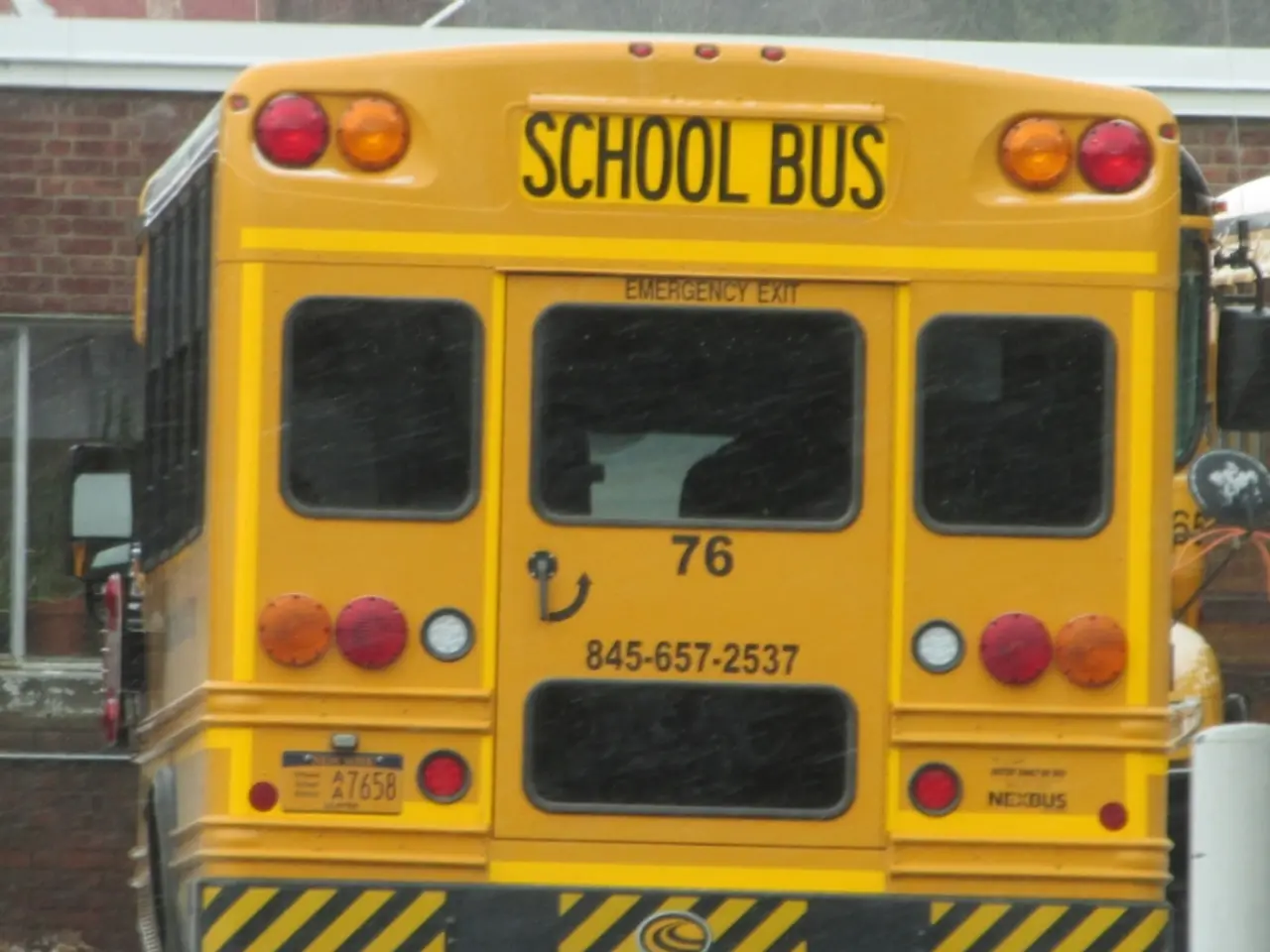"The outcry from Democrats over the redistricting efforts in Texas might want to consider examining their own reflections"
Controversial Redistricting in Illinois and Texas Highlights Partisan Gerrymandering
The redrawing of congressional districts in Illinois and Texas has sparked a nationwide debate on partisan gerrymandering, racial representation, and electoral fairness.
Illinois 13th Congressional District
After the 2020 census, Illinois lost one congressional seat, leading to redistricting controlled by Democrats. The new 13th district was redrawn as a jagged, narrow "road trip" through six counties, starting at East St. Louis and running north to Springfield, then sharply east to Decatur and Champaign [1][4]. This design was intended explicitly to gather scattered Democratic voters into one district, making it heavily Democratic.
The redesign of the 13th district flipped the historically competitive seat, previously held by anti-Trump Republican Adam Kinzinger, into a safely Democratic seat in the 2022 election [1][4]. This move resulted in Illinois’ delegation changing from a 13-5 Democratic advantage to 14-3, a shift that was criticized by political analysts like FiveThirtyEight as the "worst gerrymander in the country drawn by Democrats" [1].
Texas Redistricting Controversy
Following the 2020 census, Texas Republicans drafted a redistricting plan aiming to gain five additional U.S. House seats, increasing their current 25 of 38 seats [2]. The proposed map targeted metro areas to create more Republican-favorable districts and forced some Democratic incumbents into difficult reelections against one another [2].
The U.S. Department of Justice challenged the Texas map for unconstitutionally combining Black and Hispanic voters to dilute their influence (racial gerrymandering), which the state disputed, arguing race was not a factor but rather “political performance.” The issue is under legal dispute [2].
In response to the redistricting efforts, Texas House Democrats fled the state to prevent a quorum, some fleeing to Illinois, ironically criticizing Illinois Democrats who themselves are accused of extreme gerrymandering [2][4]. Their flight included press conferences with Illinois Governor JB Pritzker, highlighting the national political drama around redistricting and partisan control [2][4].
Impact on Party Representation
In Illinois, the 13th district's redesign made a district switch from Republican to Democratic, strengthening Democratic representation. In Texas, the Republican-driven map is intended to entrench Republican dominance, although it faces legal challenges and Democratic resistance tactics.
Overall, redistricting in both states exemplifies partisan gerrymandering: Illinois Democrats consolidating power via oddly shaped districts, Texas Republicans attempting to expand power despite DOJ lawsuits alleging racial bias [1][2][4].
The Supreme Court is taking up a Louisiana case that should clarify the extent to which states can consider race in drawing so-called majority-minority districts. This case could have significant implications for future redistricting efforts in states with diverse populations.
In conclusion, the redrawing of congressional districts in Illinois and Texas highlights the ongoing battles over partisan power, racial representation, and electoral fairness in key states. The 13th district in Illinois serves as a notable example of Democratic gerrymandering flipping a formerly competitive district to safe Democratic control, while Texas represents the counter-example where Republicans seek to entrench their majority amid legal and political pushback.
The controversies regarding district redrawing in Illinois and Texas raise debates on policy-and-legislation and politics, as they highlight partisan gerrymandering and its impact on general-news, such as crime-and-justice and racial representation. The redesign of the 13th district in Illinois, under Democratic control, was criticized as the "worst gerrymander in the country drawn by Democrats" [1], while the proposed Texas map, aiming to increase Republican seats, faces legal challenges and Democratic resistance [2].








